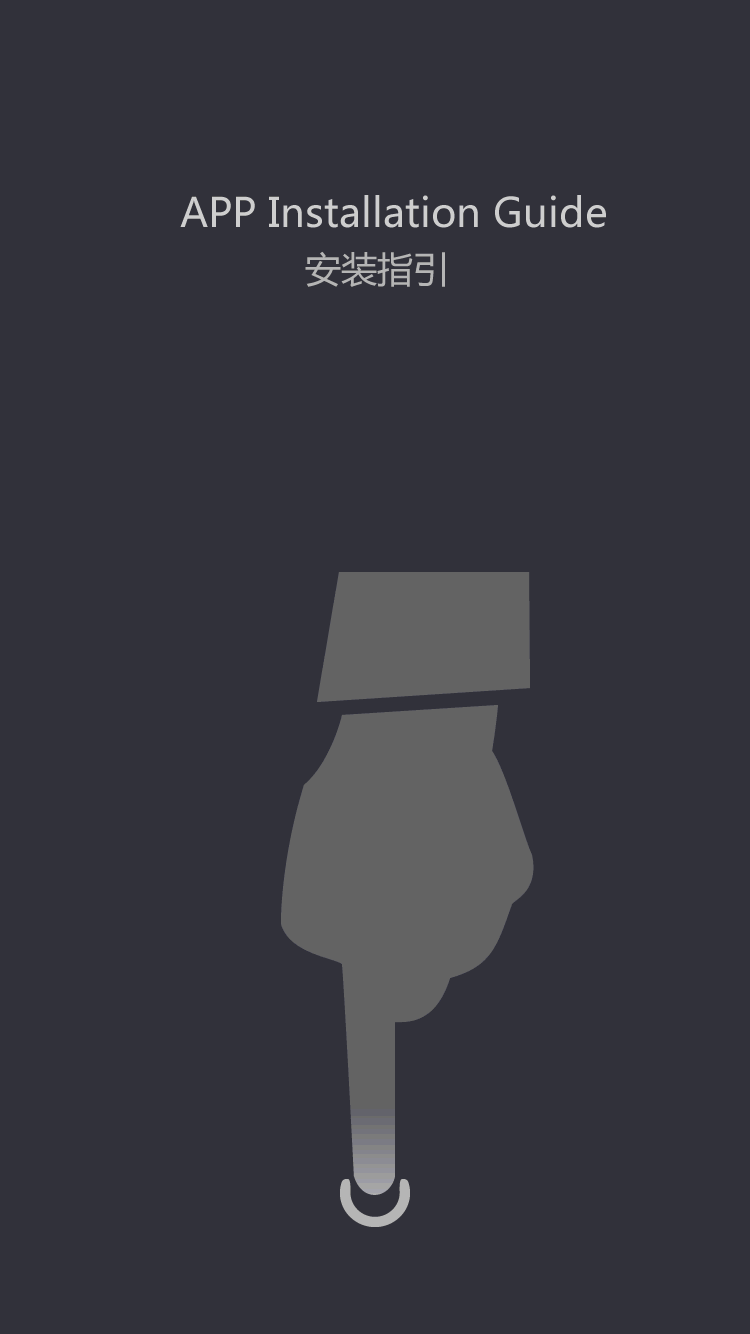can an hdmi cable go bad
Can an HDMI Cable Go Bad?
Introduction
HDMI cables have become an integral part of our modern digital lives. Whether you are connecting your TV to a gaming console, streaming device, or computer, HDMI cables are relied upon to ensure high-quality audio and video transmission. However, like any other electronic device or component, there is a possibility that an HDMI cable can go bad over time. In this article, we will explore the factors that contribute to HDMI cable deterioration, the signs to look out for when a cable goes bad, and how you can prevent premature cable failure. So, let's delve into this topic to understand if an HDMI cable can indeed go bad.
Factors Affecting HDMI Cable Lifespan
1. Quality of the Cable
The quality of an HDMI cable plays a crucial role in determining its lifespan. Low-quality cables often have inferior insulation, connectors, and shielding, which can lead to an increased risk of cable failure. Investing in a high-quality HDMI cable can significantly reduce the chances of encountering problems in the future.
2. Environmental Factors
Environmental conditions, such as excessive heat, extreme cold, humidity, or exposure to liquids, can negatively impact the lifespan of an HDMI cable. Continuous exposure to unfavorable conditions can cause the cable's connectors to corrode, its insulation to degrade, or the internal conductors to weaken. Therefore, it is essential to consider the environment in which the cable will be used and take appropriate measures to safeguard it.
3. Handling and Usage
Improper handling and excessive bending of an HDMI cable can lead to premature failure. Frequent unplugging and plugging, aggressive tugging, or bending the cable beyond its recommended specifications can strain its internal components, leading to an increased risk of failures such as broken conductors or loose connectors. Proper cable management and cautious handling can contribute to extending the cable's lifespan.
4. Cable Length
The length of an HDMI cable can affect its performance and lifespan. Longer cables tend to exhibit greater signal degradation, resulting in diminished audio and video quality. As the cable length increases, so does the chance of a weaker signal, increasing the likelihood of an HDMI cable going bad over time. Choosing the appropriate cable length required for your setup can help minimize these problems.
5. Compatibility with Equipment
Using HDMI cables with incompatible devices can significantly impact their performance and longevity. While newer HDMI cables are generally backward compatible to some extent, they may not perform optimally with older devices. It is essential to ensure that the cable you are using is suitable for the devices you are connecting to effectively maintain signal integrity and prevent any potential issues.
Signs of a Bad HDMI Cable
Now that we have explored the factors that contribute to HDMI cable deterioration, it is crucial to recognize the signs indicating that your HDMI cable might be going bad. Here are a few common symptoms to watch out for:
1. No Signal or Intermittent Signal
If you are no longer receiving a video or audio signal, or if the connection drops intermittently, it could be an indication of a faulty HDMI cable. This problem may arise due to a broken conductor within the cable or a loose connection caused by connector damage.
2. Flickering or Distorted Video
When an HDMI cable starts to go bad, it may manifest in the form of flickering or distorted video on your display. This could be due to a damaged or weak conductor affecting the signal transmission.
3. Poor Audio Quality
If you notice a degradation in audio quality, such as crackling, static, or the sound cutting out, it could indicate a problem with your HDMI cable. Inconsistent audio can be a result of damaged conductors or a loose connection.
4. Physical Cable Damage
Visual inspection is essential when troubleshooting a failing HDMI cable. Look for any visible signs of damage, such as frayed insulation, bent connectors, or broken conductors. Physical damage can indicate that the cable is nearing the end of its lifespan.
5. Incompatibility Issues with Newer Technology
As technology progresses, HDMI standards evolve. If you have recently purchased new equipment that requires a higher HDMI version than your current cable supports, you may encounter compatibility issues. These issues can lead to a subpar audio and video experience, rendering it necessary to upgrade to a newer HDMI cable.
Preventing HDMI Cable Failures
While it is natural for electronic components to deteriorate over time, there are steps you can take to prevent premature HDMI cable failures. Here are some useful preventive measures:
1. Invest in High-Quality Cables
As mentioned earlier, purchasing high-quality HDMI cables can make a significant difference in their lifespan. Opt for cables that boast good insulation, quality connectors, and adequate shielding, even if they are slightly more expensive. Investing in quality upfront can save you from frequent cable replacements.
2. Proper Cable Handling and Storage
Handle your HDMI cables with care, avoiding excessive bending or stressing the connectors. When storing cables, ensure they are coiled loosely and not tightly wrapped, as it can strain the internal conductors. Additionally, store them away from extreme temperatures and humidity to protect them from environmental damage.
3. Avoid Frequent Unplugging
While it may be necessary to unplug your HDMI cables occasionally, minimizing unnecessary plugging and unplugging can reduce strain on the connectors. Consider using HDMI switches or extenders to avoid frequent disconnections.
4. Use Cable Management Solutions
Establishing a proper cable management system keeps your cables organized and minimizes strain during everyday use. Utilize cable clips, ties, or raceways to secure and protect your HDMI cables from accidental tugging or tripping hazards.
5. Regularly Inspect and Replace Damaged Cables
Perform routine visual inspections of your HDMI cables to identify any signs of physical damage or wear. If you notice any frayed insulation, bent connectors, or broken conductors, it is advisable to replace the cable promptly to prevent further issues.
Conclusion
In conclusion, while HDMI cables are generally reliable, they can go bad over time due to various factors such as cable quality, environmental conditions, handling, cable length, and compatibility with equipment. Recognizing the signs of a failing HDMI cable, such as no signal, flickering video, poor audio quality, physical damage, or incompatibility issues, is crucial for timely troubleshooting. By investing in high-quality cables, practicing proper cable handling, and taking preventive measures, you can minimize the chances of encountering HDMI cable failures and enjoy uninterrupted audio and video transmission.







 contacts:Mr. Yang
contacts:Mr. Yang phone:+86-0752-6635363
phone:+86-0752-6635363 mobile phone:+86-13590837692
mobile phone:+86-13590837692  Skype:shengshi-hk
Skype:shengshi-hk QQ:1617017824
QQ:1617017824 E-mail:
E-mail: address:Building 3, xiaopenggang No. 1 Industrial Zone, Longxi, BOLUO town, Huizhou City, Guangdong Province
address:Building 3, xiaopenggang No. 1 Industrial Zone, Longxi, BOLUO town, Huizhou City, Guangdong Province
